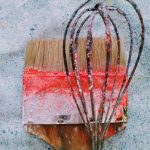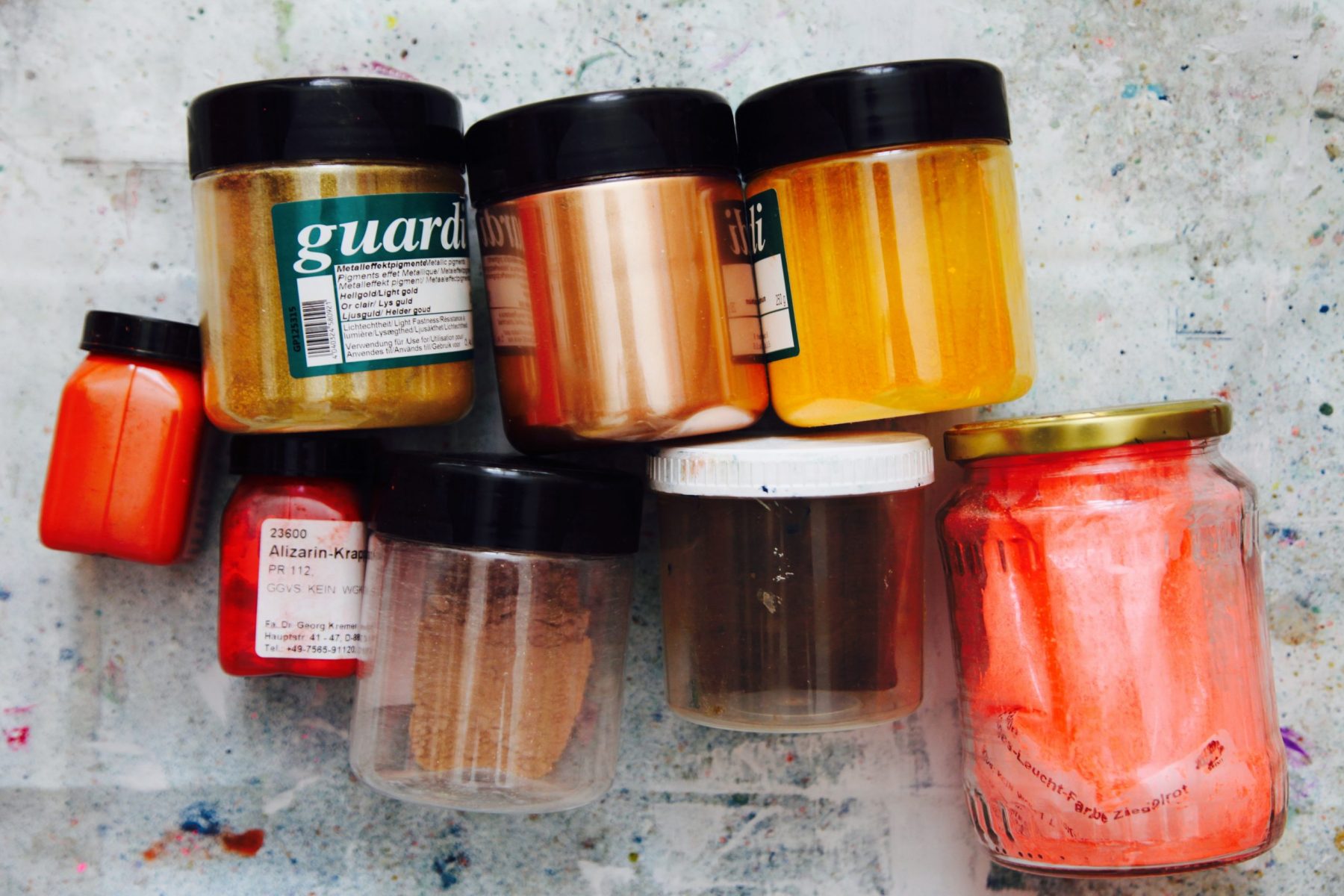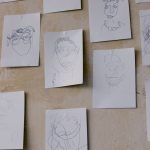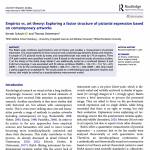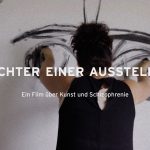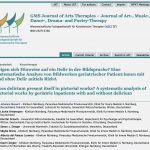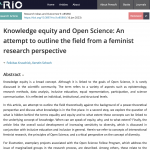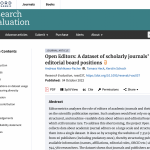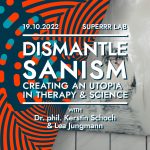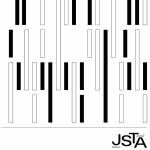Now there’s an update to my popular blog post about studying art therapy. I am regularly asked two things: whether I can recommend studying art therapy and where you can study art therapy. The first question is easy to answer: Yup. Art therapy is awesome and I would choose it again. This blog post on universities with art therapy courses in Germany is dedicated to the second question. Read more →
